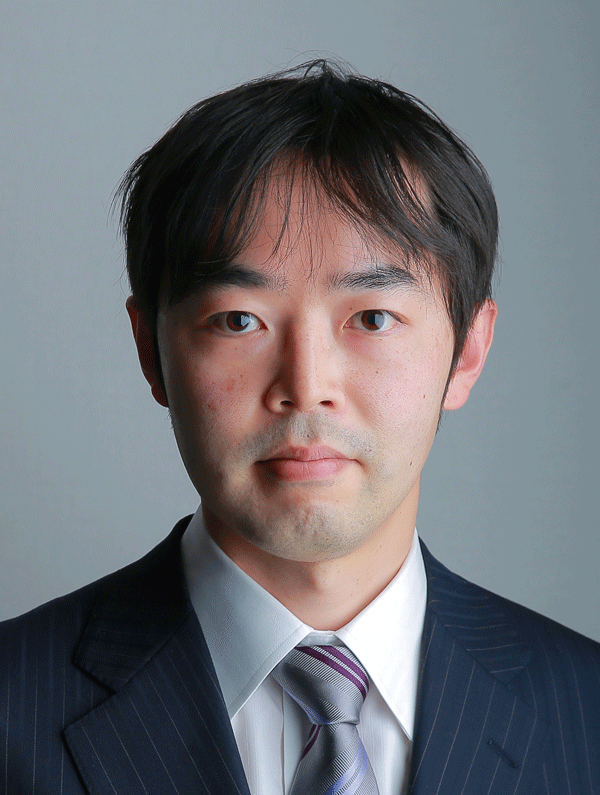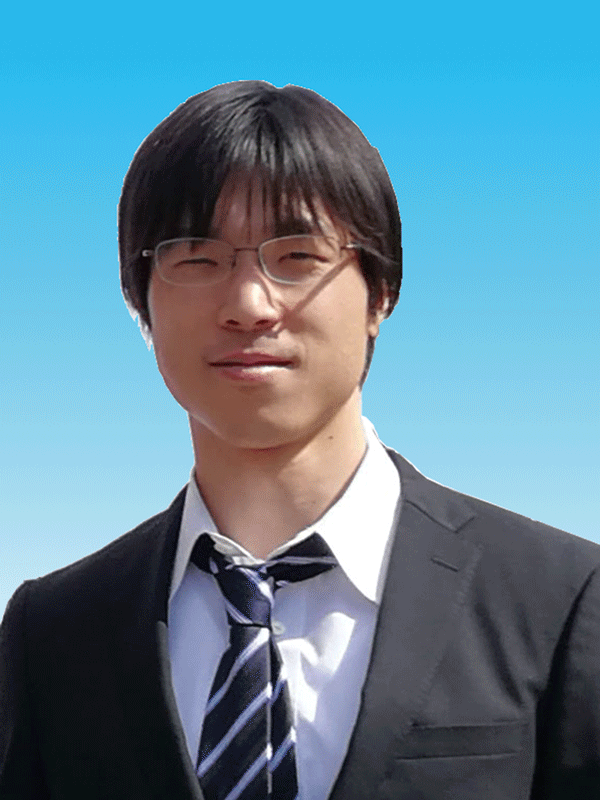Disclaimer: machine translated by DeepL which may contain errors.
Three Recipients of the Prizes for Science and Technology and Young Scientists, Commendation for Science and Technology by the Minister of Education, Culture, Sports, Science and Technology 2022
Communications & Public Relations Committee
The Commendation for Science and Technology by the Minister of Education, Culture, Sports, Science and Technology for fiscal year 2022 has been announced. From Graduate School of Science, Associate Professor Naoto Tsuji, Lecturer Akito Sakai, and Assistant Professor Wataru Shihoya received the Young Scientists' Prize. This award is given to individuals who have made outstanding achievements in research and development and promotion of understanding of science and technology.

Associate Professor Naoto Tsuji (Department of Physics)
Associate Professor Naoto Tsuji (Department of Physics) received the award for his "Theoretical Study of Optical Resonance Phenomena of Higgs Modes in Superconductors. Superconductivity is known for its unique properties of zero electrical resistance and perfect antimagnetism. In a superconductor, electrons behave as a single wave in phase, and the oscillation is called the Higgs mode. Although the Higgs mode has been considered a fundamental phenomenon that exists universally in superconductors, it has not been observed experimentally in pure superconductors for more than 50 years since its theoretical prediction. Dr. Tsuji theoretically revealed that the Higgs mode of superconductivity couples to light via nonlinear interactions. Furthermore, he theoretically showed that when a superconductor is irradiated with light, the Higgs mode resonates with the light when twice its frequency corresponds to the superconducting gap energy, the amplitude of the Higgs mode is divergently amplified, and light is radiated from the superconductor with a resonant increase in frequency of three times the incident frequency Dr. Tsuji's research is based on the theory of superconductivity. Dr. Tsuji's research has contributed greatly to the development of the new field of Higgs modes in superconductors, and his research has expanded to include unconventional superconductors and applications to light-induced superconductivity.

Akito Sakai, Lecturer (Department of Physics)
Akito Sakai, Lecturer (Department of Physics), received the award for his work on "Quantum properties in strongly correlated electron systems and topological magnetic materials. The well-known Hall effect is a phenomenon in which a voltage is generated perpendicular to an electric current, and its properties have been clarified one after another through fundamental research. On the other hand, the Nernst effect, which generates an electromotive force perpendicular to the heat flow, has not been well understood and requires clarification from both experimental and theoretical approaches. Dr. Sakai discovered that the Heusler alloy Co2MnGa exhibits a giant anomalous Nernst effect at room temperature, and clarified the importance of the topological electronic structure (Weil point) as the origin of the effect by comparison with multifaceted experiments and numerical calculations performed in collaboration. Later, we discovered the Fe3X (X = Ga, Al) system and showed that the giant anomalous Nernst effect can be realized even in inexpensive iron-based materials. The results of this research not only advanced our understanding of topological electronic properties, but are also expected to be used in sensors and power generation modules as innovative thermoelectric conversion technology, and to develop into indispensable technology in an energy-saving, ultra-smart society.

Assistant Professor Wataru Shihoya (Department of Biological Sciences)
Assistant Professor Wataru Shihoya (Department of Biological Sciences) received the award for his "Research on the Structure and Function of Information Transmission Molecules Across the Cell Membrane. Various membrane receptors on the plasma membrane are responsible for the information transmission systems that are essential for the maintenance of life. The use of membrane receptors, which are the command centers of signal transduction, enables drug discovery and manipulation of biological phenomena. Assistant Professor Shihoya has elucidated the structure and function of these membrane receptors using X-ray crystallography and cryo-electron microscopy. Assistant Professor Shihoya's research achievements have been recognized worldwide, including the discovery of a structure-based endothelin receptor and the identification of the last pharmacologically important β-receptor whose structure has not yet been elucidated. Assistant Professor Shihoya has also elucidated the steric structure of a new type of light-accepting microbial rhodopsin that acts as an enzyme and a new type of rhodopsin with a reversed orientation to the membrane, expanding the diversity of rhodopsins.
In addition, Professor Masaru Sugiyama of Graduate School of Frontier Sciences (concurrently in charge of Department of Information Science) and Associate Professor Shinpei Kato of Department of Information Science were awarded the Prize for Science and Technology. We would like to extend our congratulations to them. (Communications & Public Relations Committee)
Faculty of Science News May 2022


